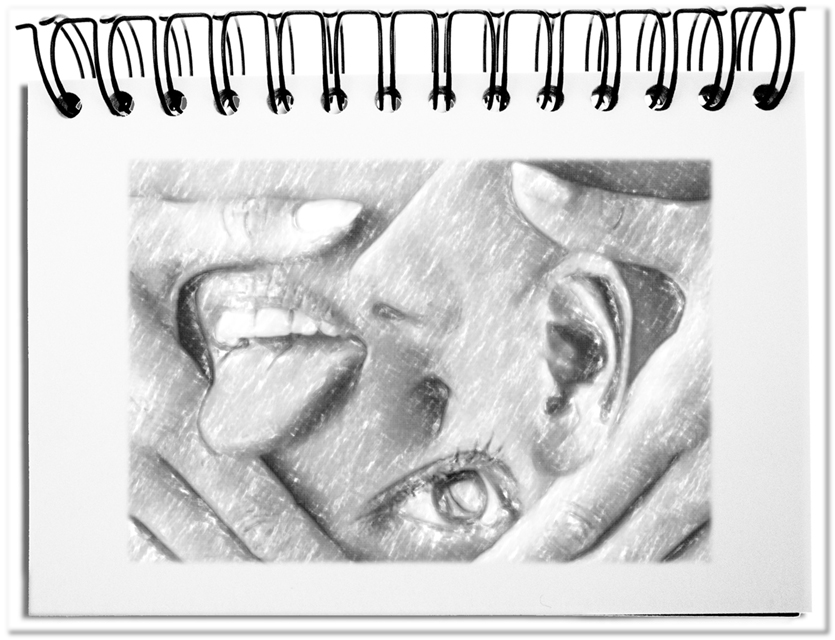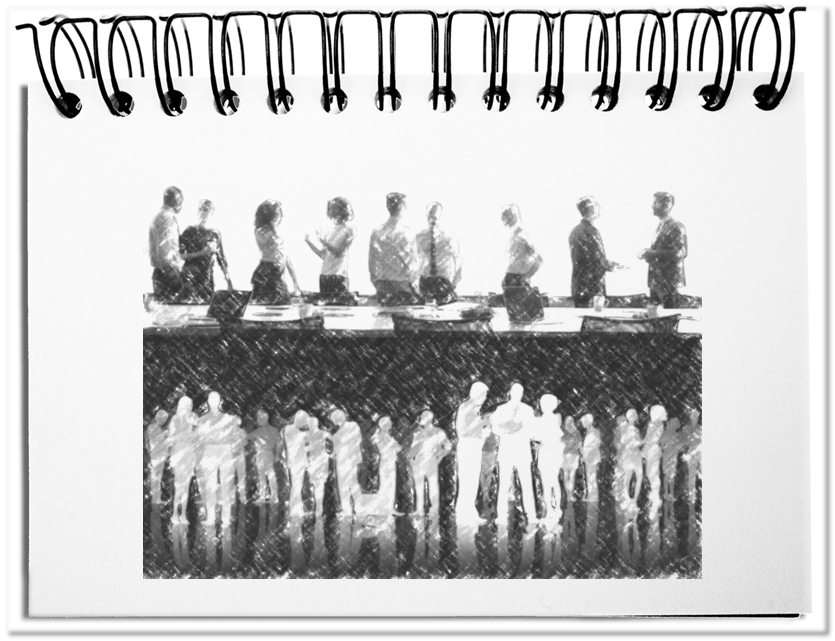During evolution, our body has adapted to handle a continuous stream of sensory stimuli. The flood of information that everybody talks about seems to increase the amount of external signals. This man-made noise to which we are exposed, visually and auditorily and sometimes even olfactorily, seems to be much louder, more dazzling and stronger than the natural signals of the past. The extent to which today’s flood of data is more significant for us than the reflections of light on the water that showed the fisherman the swarm, or the rustling of the leaves that announced a storm, or the smell that warned one of wild animals, could be discussed. However, it is unlikely that in the short time since modern signals are flooding us, our sensory abilities have changed significantly. Just as the cracking of a branch directed the attention of early humans in the appropriate direction and was decisive for survival, so the news seems to be a signal for some people to pay attention to something. When selling your goods and services, you need the meaningful digestion of your messages by your target group. Customers should be encouraged to ask: What‘s in it for me?
The way in this direction requires all the following steps.
- Perception
The basic prerequisite for capturing a message is the sensory receipt and the passing on of corresponding stimuli – an image, a sound or noise, a special surface, a smell or a taste. Without the transmission of signals, potential customers have no way of receiving anything at all.
This means that you have to deal with today’s channels. This applies to the Internet, but also to traditional media such as newspapers, radio, television and especially books. Reuse reduces the effort and increases the likelihood of being noticed. - Attention
After you send your messages as regularly as possible, it is important to increase the stimulus in such a way that it surpasses the absolute perception threshold and thereby attracts the attention of your target group. A good example of this threshold is a room full of people, whose buzz produces a uniform noise in which nevertheless one’s own name immediately stands out. Only when the messages attract attention, the audience can deal with them.
In the flood of Internet contents, it is not enough to spend a lavish design or a large budget, but you should offer added value, through freemium offers, valuable checklists or multimedia explanations. The difficulty lies in managing the balancing act between novelty and old-fashioned – a new buzzword is not searched for by the users and an established one is lost in the flood of search results. For this reason, it is beneficial to avoid everything that leads to habituation and thus to suppressing your messages. Stand out from the crowd with extraordinary size of your title, use unusual colors and color contrasts (e.g. purple with yellow), irritate with bizarre to senseless slogans (e.g. you pay for nothing!) or surprise outside the expectations of customers (e.g. field advertising besides airports). As a result, you get from enticing contents an organic boost in google results and you will be shared by satisfied users. - Meaning
The attention is not beneficial, if the viewers cannot link the identified content with their existing mindset. The value of the message is always determined by the recipient, not by the sender. For this reason it is necessary to take care of your target groups in order to get as close as possible to their reality. This starts, for example, with the choice of language – you should certainly not speak to French people in Japanese; additionally, target groups often have a special jargon that you have to meet.
For this reason clarify what you actually want to convey – e.g. what do we offer? Who are our competitors? Which language should we use? Which words are conducive? Which are harmful? The better you anticipate your target group, the more likely your messages will make sense to the audience and they will accept your offers.
Bottom line: Flood of information or not, you will not get around participating in the storm. The possibilities of the Internet have contributed substantially to the fact that everybody provides ever more and more noticeable contents. The efforts are of little benefit, if everyone struggles the same way, as they all improve to the same extent. This makes it all the more important to deal with the steps of perception to deliver the extra that puts you ahead of the pack.
PAM offers a simple sequence that can be used for orientation when conveying messages.
1) In order to be perceived, you must send your messages through one or more sensory channels. 2) The messages should stand out noticeably from the crowd. 3) The audience should be given a chance to connect the content with their mental models. From then on, potential customers can deal with what’s in it for them.


